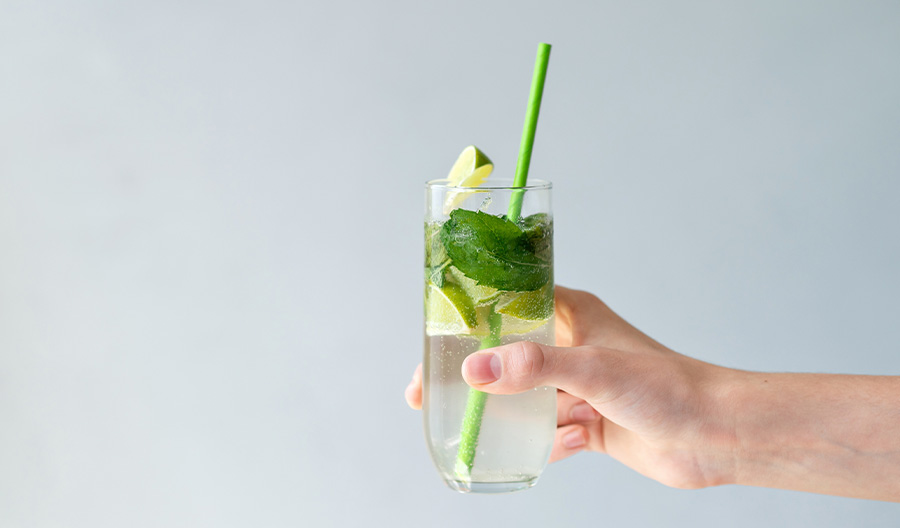You may have seen “overproof rum” listed as an ingredient in cocktails, most likely tropical-style drinks, which often call for multiple rums. These high-octane spirits aren’t all the same—they hail from various regions and countries, are made using different production methods and yield varied flavor profiles. But they have at least a couple of things in common: They’re all rum, meaning they’re a spirit distilled from sugarcane, and they’re strong.
What Does Overproof Mean?
Before we dive into “overproof,” let’s look at “proof,” or alcohol by volume (abv). Essentially, proof indicates the amount of alcohol that’s in a beverage. In the United States, a spirit’s proof is simply double the abv. The vast majority of spirits—including rum—are bottled at 40% alcohol by volume, or 80 proof.
The simplest way to define overproof is that it’s stronger—often much stronger—than the 80-proof baseline.
How Much Alcohol Is in Overproof Rum?
Here’s where it gets tricky: The U.S. government doesn’t officially recognize “overproof” as a spirits category, in rum or anything else. That doesn’t stop rum producers from using the term, and there’s a wide range of what might constitute overproof rum.
Some say “overproof” begins north of 45% abv, or 90 proof. Most will argue the dividing line is 50% abv, or 100 proof.

What’s the Difference Between Overproof Rum and Navy-Strength Rum?
“Navy rum” refers to the daily allotment of rum given to sailors aboard British Royal Navy ships starting in the mid-1700s (a practice suspended on July 31, 1970, dubbed Black Tot Day). The term is still used in marketing of certain aged rums today.
Navy-strength rum loosely intersects with those long-held seafaring rum traditions.
One oft-told story is that back in the day, rum in a ship’s hold might inadvertently mix with gunpowder, potentially rendering the gunpowder unusable. However, if the rum was high enough in alcohol, the gunpowder would still ignite. Thus, the navy required rums to be a minimum percentage of alcohol. Specifically, navy strength (established by the admiralty in 1866) is 54.5% abv.
In short, navy strength is more specific than “overproof.” That said, most pros would likely consider navy-strength rum to also be overproof.
Also of note: “navy strength” is not limited to rum—a number of navy-strength gins also exist.
What’s the Difference Between Cask-Strength or Barrel-Strength Rum and Overproof Rum?
“Cask strength” or “barrel strength” usually means the spirit (rum or otherwise) was bottled directly from the barrel, without water added to dilute the strength of the spirit. Many of these spirits are bottled at around 50% abv, but there are no hard-and-fast rules around that. Many cask-strength rums may also be regarded as overproof.
How Should I Drink Overproof Rum?
That depends on the exact proof of the rum. Since higher proof often equals more robust flavor, many rums bottled around the 50% abv range or lower are suitable to enjoy neat, or adjusted to taste with water or ice.
Meanwhile, many aged rums bottled around the 60% range can be gorgeous, full-flavored sippers (again, adjust to taste with water or ice). Some bartenders also reach for these rums to add flavor or strength to cocktails, usually pouring a small amount alongside other ingredients. Other pros use these higher-octane spirits to create bespoke blends using one or more other rums of varying strengths.
As for those bottled at 70% or higher, including those 151 proofers (75.5% abv): Handle with care, especially around anything flammable.

